Art. 56. Electronic auctions
1. Contracting authorities or contracting entities may use electronic auctions, in which new prices, revised downwards or new values concerning certain elements of tenders are presented. For this purpose, contracting authorities or contracting entities shall structure the auction as a repetitive electronic process, which occurs after an initial full evaluation of the tenders, enabling them to be ranked using automatic evaluation methods. Public services and works contracts having as their subject-matter intellectual performances, such as the design of works, which cannot be ranked using automatic evaluation methods, shall not be the object of electronic auctions.2. In open or restricted procedures or competitive procedures with negotiation or negotiated procedures preceded by a call for competition, the contracting authorities or contracting entities may decide that the award of a public contract shall be preceded by an electronic auction when the content of the procurement documents, in particular the technical specifications, can be established with precision. At the same conditions, an electronic auction may be held on the reopening of competition among the parties to a framework agreement as provided for in Article 54, paragraph 4, letters b) and c) and paragraph 6, and on the opening for competition of contracts to be awarded under the dynamic purchasing system referred to in Article 55.
3. The electronic auction shall be based on one of the following elements of the tenders:
a) solely on prices where the contract is awarded on the basis of price only;
b) on prices or on the new values of the features of the tenders indicated in the procurement documents where the contract is awarded on the basis of the best price-quality ratio or cost- effectiveness.
4. Contracting authorities or contracting entities shall indicate the recourse to an electronic auction in a call for competition or in the invitation to confirm interest, or, in special sectors, in the invitation to tender, when a notice on the existence of a qualification system is used as a means to call for competition. The procurement documents shall include at least the information set out in Annex XII.
5. Before proceeding with an electronic auction, contracting authorities or contracting entities shall make a full initial evaluation of the tenders in accordance with the award criterion or criteria that have been set out and with their relevant weighting.
6. In ordinary sectors, a tender shall be considered admissible where it has been submitted who has not been excluded pursuant to Article 80 and who meets the selection criteria set out in Article 63, and whose tender is in conformity with the technical specifications without being irregular or unacceptable or unsuitable, within the meaning of paragraphs 8, 9 and 10.
7. In special sectors, a tender shall be considered admissible where it has been submitted by a tenderer, who has not been excluded pursuant to Article 135 or Article 136, who meets the selection criteria set out in the same Articles 135 and 136 and whose tender complies with the technical specifications without being irregular or unacceptable or inadequate, pursuant to paragraphs 8, 9 and 10.
8. Tenders which do not comply with the procurement documents, which were received late, where there is evidence of collusion or corruption or abuse of office or agreement between economic operators aimed at distorting competition, or which have been found by the contracting station to be abnormally low, shall be considered as being irregular.
9. Tenders submitted by tenderers that do not have the required qualification, and tenders whose price exceeds the contracting authorities or contracting entities' budget as determined and documented prior to the launching of the procurement procedure shall be considered as unacceptable.
10. A tender shall be considered not to be suitable where it is irrelevant to the contract, being manifestly incapable, without substantial changes, of meeting the contracting authority’s needs and requirements as specified in the procurement documents. A request for participation shall be considered not to be suitable where the economic operator concerned is to be or may be excluded pursuant to Article 80 or Article 135 or Article 136, or does not meet the selection criteria set out by the contracting authority pursuant to Article 83. or by the contracting entity pursuant to Articles 135 and 136.
11. All tenderers that have submitted admissible tenders shall be invited simultaneously by electronic means, to participate in the electronic auction using, as of the specified date and time, the connections in accordance with the instructions set out in the invitation. The electronic auction may take place in a number of successive phases and shall not start sooner than two working days after the date on which invitations are sent out.
12. The invitation shall be accompanied by the full evaluation of the relevant tender, carried out in accordance with the weighting provided for in Article 95, paragraphs 9 and 9. The invitation shall also state the mathematical formula to be used in the electronic auction to determine the automatic re- rankings on the basis of the new prices and/or new values submitted. Except where the most economically advantageous offer is identified on the basis of price alone, that formula shall incorporate the weighting of all the criteria established to determine the most economically advantageous tender, as indicated in the notice used as a means of calling for competition or in other procurement documents. For that purpose, any ranges shall, however, be reduced beforehand to a specified value. Where variants are authorized, a separate formula shall be provided for each variant.
13. Throughout each phase of an electronic auction the contracting authorities or contracting entities shall instantaneously communicate to all tenderers at least sufficient information to enable them to ascertain their relative rankings at any moment. Contracting authorities or contracting entities may, where this has been indicated in the procurement documents, communicate other information concerning other prices or values submitted. They may also at any time announce the number of participants in that phase of the auction. In no case, however, may they disclose the identities of the tenderers during any phase of an electronic auction.
14. Contracting authorities shall close an electronic auction in one or more of the following manners:
a) at the previously indicated date and time;
b) when they receive no more new prices or new values which meet the requirements concerning minimum differences, provided that they have previously stated the time which they will allow to elapse after receiving the last submission before they declare the electronic auction to be closed;
c) when the previously indicated number of phases in the auction has been completed.
15. Where the contracting authorities or contracting entities intend to close an electronic auction in accordance with paragraph 14, letter c), possibly in combination with the arrangements laid down in letter b) thereof, the invitation to take part in the auction shall indicate the timetable for each phase of the auction.
16. After closing an electronic auction contracting authorities or contracting entities shall award the contract on the basis of the results of the electronic auction.
Condividi questo contenuto:






